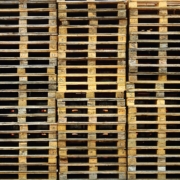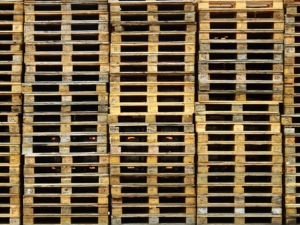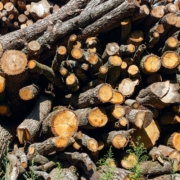How do Trees Grow?
How do Trees Grow?
Wood is strong, flexible, and has been used in a variety of building applications for hundreds of years because it is safe and is a renewable resource. There are many external factors that can affect trees and thus the quality of lumber they produce. These external factors can have significant impacts on the mechanical properties of wood and results in many dramatic changes such as a difference in density, growth rate, tree size and more. Annual growth rings are the rings found inside the tree and these growth rings often give environmentalists the most clues as to what journey a tree experienced in its lifetime.
How do Trees Grow?
 Trees grow in two directions. First, they grow upwards in order to absorb more sunlight. Then they grow outward to expand in diameter as the tree matures. The upward and outer growth occurs at different times depending on the species of tree and the season.
Trees grow in two directions. First, they grow upwards in order to absorb more sunlight. Then they grow outward to expand in diameter as the tree matures. The upward and outer growth occurs at different times depending on the species of tree and the season.
The outer bark protects the tree from fluctuating temperatures, insects, diseases and is a tree’s first line of defense from its environment. When a tree is healthy then its bark remains intact, allowing the tree to defend itself from insect attacks such as the devastating mountain pine beetle epidemic.
Tree rings that are reflected in a cross-section of a tree are the lines that will reveal most about tree growth. Each ring resembles one year of growth. They are created because trees grow faster during certain seasons and remain dormant during other seasons like winter. These rings will differentiate in width depending on the environmental situation the tree experienced. During heavy rainfall and good environmental conditions, the year rings will be much wider compared to drought seasons where the rings are much thinner.
In some cases, trees can take up to fifty years to reach maturity in order to be harvested for commercial use. As a tree grows it sequesters carbon from the atmosphere and that carbon is stored in the wood throughout its life cycle. The carbon forms long chains that are the backbone to cellulose, which is the primary component of lumber that helps make it a strong and durable material. Many of the products and resources we use every day arrive at our local grocery stores by means of a wood pallet. Wood pallets are a safe, durable, and sustainable way to transport goods and materials needed across the world.



















